Growing up during those transformative decades was like living in a world of endless wonder and possibility. Each day brought new experiences that seemed to sparkle with an inexplicable magic that today’s generation might find hard to understand. These memories aren’t just snapshots of the past—they’re treasured moments that shaped entire generations and continue to warm our hearts.
1. Saturday Morning Cartoon Marathon
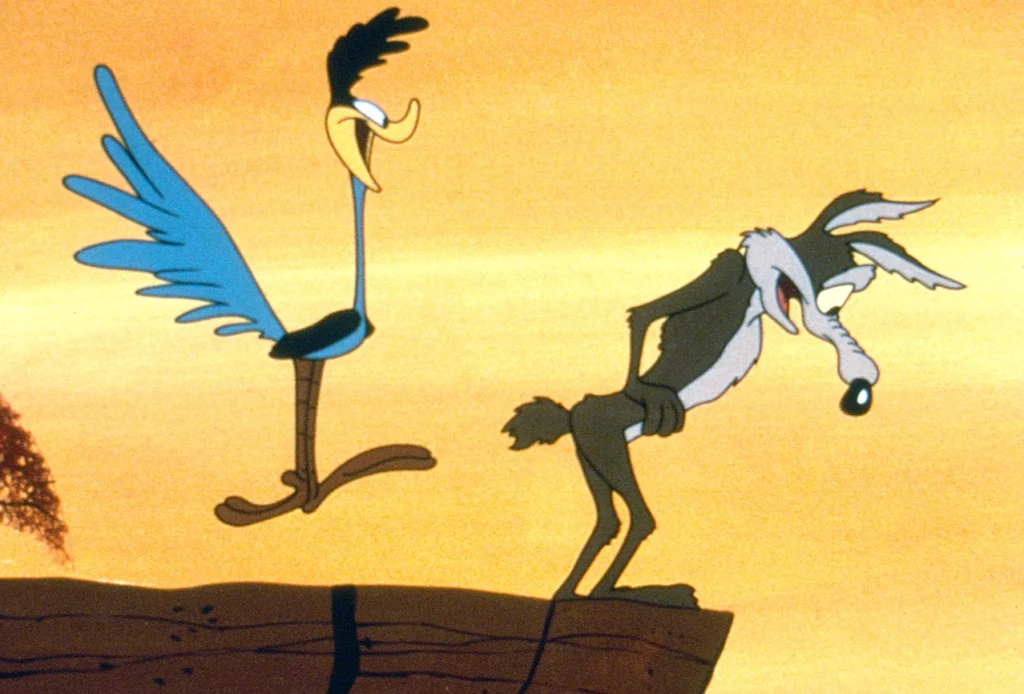
Remember those glorious weekend mornings when the entire living room transformed into a personal entertainment paradise? Kids would wake up at the crack of dawn, strategically positioning themselves inches from the television screen, surrounded by a fortress of pillows and blankets. The anticipation of watching beloved animated characters was more exciting than any modern streaming experience could ever be. Animation Mentor dives further into the full history of Saturday morning cartoons, including their rise and decline.
Cartoon marathons were a sacred ritual that united children across the country in a shared experience of pure joy. From Scooby-Doo solving mysteries to the Looney Tunes characters’ wild antics, these shows were more than just entertainment—they were a cultural touchstone. Parents would often be recruited to make special breakfast treats, completing the magical morning ritual.
2. Playing Outside Until the Street Lights Came On
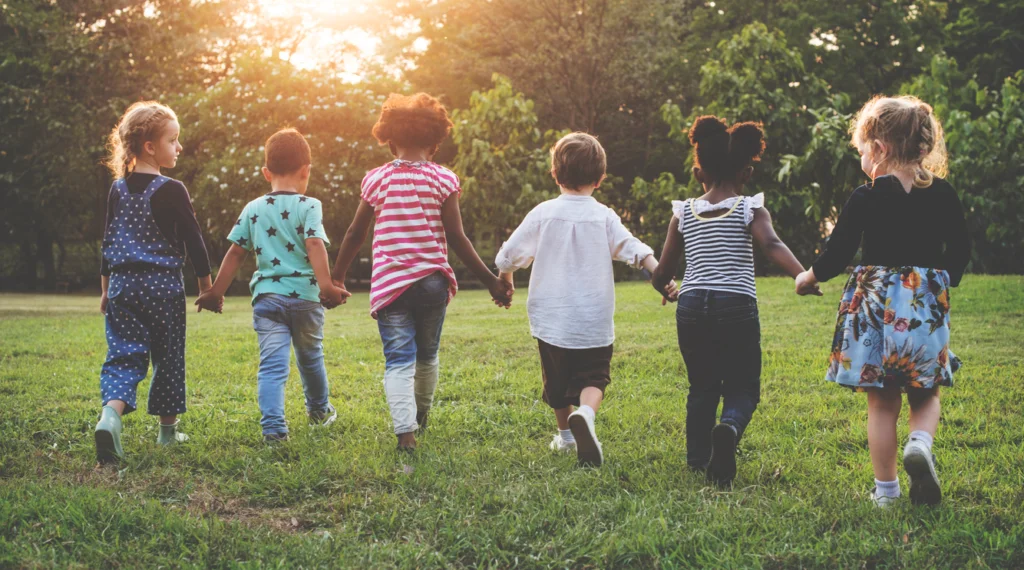
Neighborhoods were living, breathing playgrounds where imagination knew no bounds during those golden decades. Children would pour out of their houses at sunrise, armed with bicycles, baseball mitts, and an inexhaustible supply of energy. Entire summer days would pass in a blur of hide-and-seek, kick-the-can, and improvised games that required nothing more than a few friends and some creativity. Miraccle Recreation reports on the importance of outdoor play time, especially in early development.
Parents rarely worried about their children’s whereabouts, trusting the unspoken community code that looked out for all kids. Entire blocks would become collaborative playgrounds, with adults casually supervising from porches and driveways. The freedom to explore, create, and adventure was a gift that seemed completely natural at the time but now feels like a rare treasure.
3. Mix Tapes and Radio Dedications
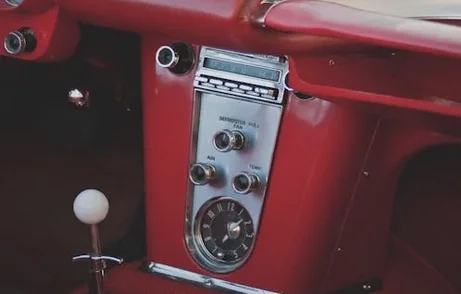
Creating the perfect mix tape was an art form that required incredible patience, musical taste, and strategic planning. Teenagers would spend hours hovering near their stereo systems, fingers poised over the record button, waiting for their favorite songs to play on the radio. Each carefully curated tape was a love letter, a mood expression, and a personal soundtrack all rolled into one. Indeed, WIRED writes, mixtapes reshaped the entire music landscape, so integral were they to our listening experience.
Radio dedications were the romantic gesture of the era, allowing shy individuals to express feelings they might never say in person. Hearing a special song played “just for you” during the evening request hour was an heart-stopping moment of pure magic. These musical messages were public declarations of affection that brought entire communities together through shared musical experiences.
4. Receiving Mail That Wasn’t Bills
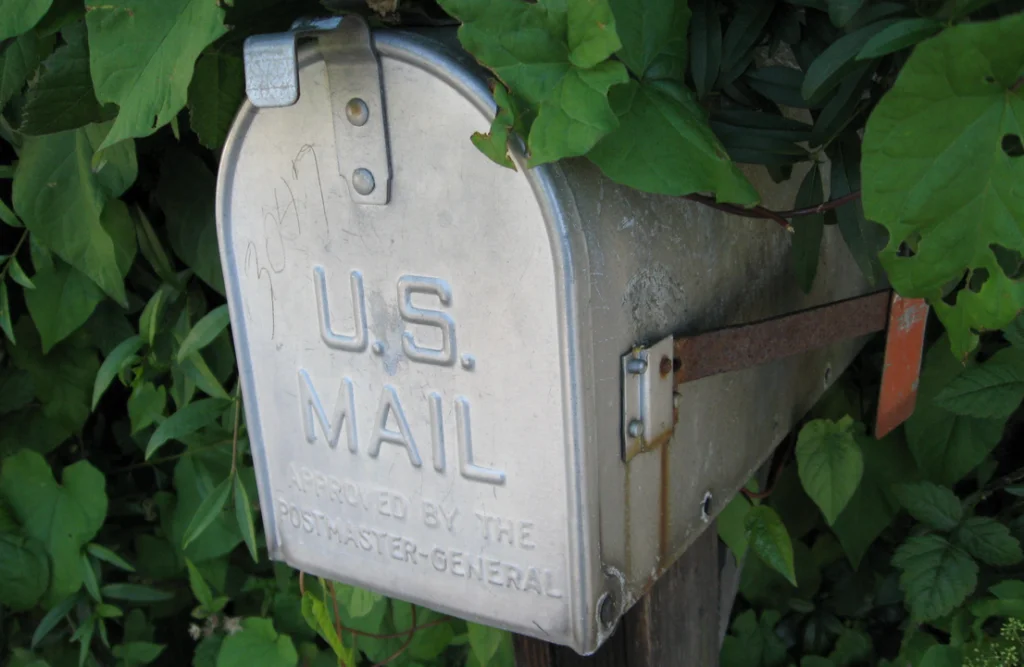
Personal correspondence was a cherished experience that involved actual handwritten letters, carefully composed on stationery and sealed with anticipation. Waiting for the mailman became an exciting daily ritual, with the hope of receiving a colorful envelope from a distant friend or relative. The tactile experience of opening a letter, unfolding paper, and reading personal thoughts was an intimate connection that today’s digital messages can never replicate.
Sending and receiving postcards during travels was an art form in itself, with people collecting these small paper memories like precious souvenirs. Families would display recent postcards on refrigerators or bulletin boards, transforming them into visual travel journals. Each card represented not just a destination, but a personal connection that bridged geographical distances.
5. Technology That Felt Like Real Magic
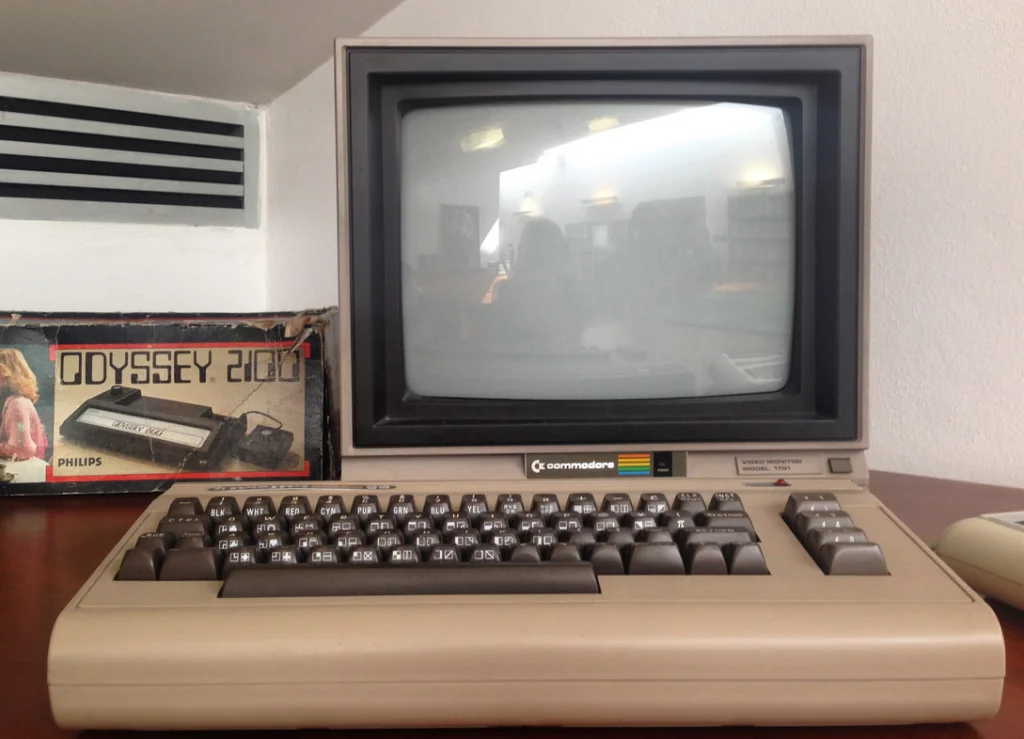
Polaroid cameras were like modern-day wizardry, producing photographs that developed before your very eyes in just minutes. The anticipation of watching an image slowly emerge from a blank white square was an experience of pure wonder that digital photography could never match. These instant cameras turned everyone into an impromptu photographer, capturing spontaneous moments with unprecedented ease.
Early home computing was an adventure that felt like stepping into a science fiction novel. Massive desktop computers with their clunky keyboards and pixelated screens represented the cutting edge of human innovation. Learning to navigate these early technological marvels made everyone feel like they were part of an exciting, emerging digital frontier.
6. Drive-In Movie Theaters: A Family Night Out

The drive-in theater was more than just a movie venue—it was a complete social experience that transformed an ordinary evening into an adventure. Families would pack their station wagons with blankets, pillows, and homemade snacks, creating a mobile living room under the stars. The giant screen became a magical canvas that brought entire communities together for shared entertainment.
Sound would come through a small speaker hung carefully on the car window, creating an intimate audio experience that felt revolutionary. Children would play on the playground beneath the screen before the movie started, while parents chatted with neighboring car occupants. These evenings were a perfect blend of entertainment, social interaction, and family bonding that no modern multiplex could replicate.
7. Trading and Collecting Baseball Cards

Baseball cards were more than just pieces of cardboard—they were treasured possessions that represented a complex economy of childhood trading and collecting. Young enthusiasts would carefully organize their collections, protecting each card in plastic sleeves and discussing player statistics with passionate expertise. The thrill of opening a new pack of cards was comparable to striking gold.
Neighborhood trading sessions were sophisticated social events where negotiation skills were honed and friendships were forged. Kids would meticulously evaluate each card’s condition, understanding that even the slightest crease could dramatically reduce a card’s value. These collections were more than hobbies—they were carefully curated museums of sporting history that told stories of athletic heroes.
8. The Magic of Rotary Phones and Landline Conversations
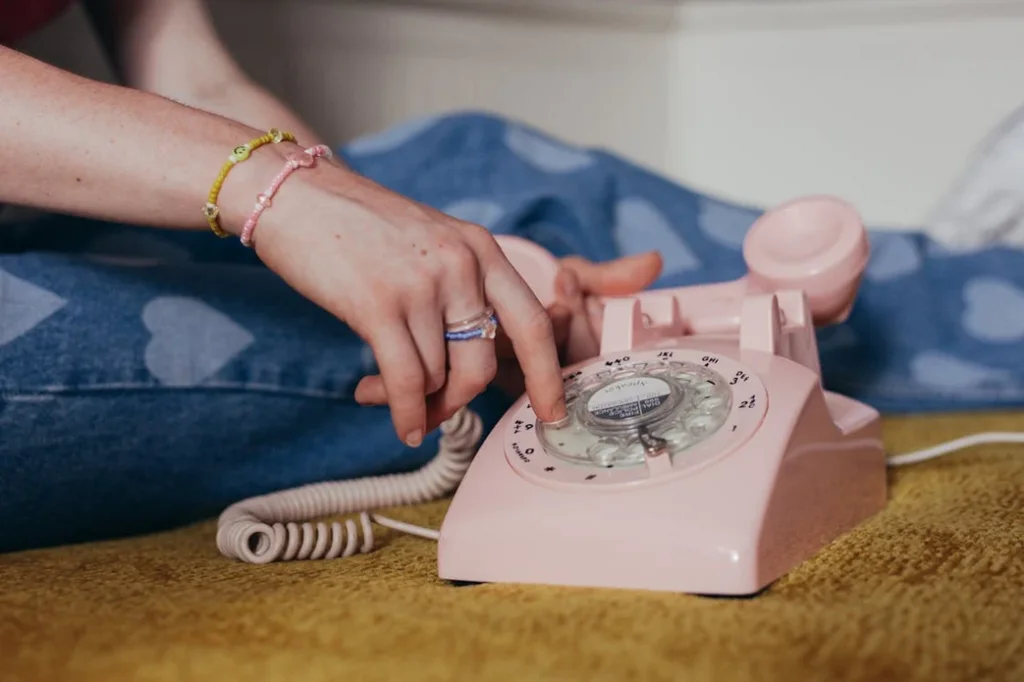
Communication was an intentional and often dramatic experience with rotary telephones. Families would gather around a central phone, with lengthy conversations requiring physical commitment as one slowly dialed each number. The anticipation of waiting for someone to answer, with no caller ID to preview who might be calling, created a sense of excitement that modern communication lacks.
Teenage phone conversations were elaborate rituals that often involved complex negotiations with parents about time limits and privacy. Stretching the phone cord to its maximum length became an art form for those seeking a modicum of personal space during important calls. These communication moments were performances of social interaction that required patience, strategy, and genuine connection.
9. Record Store Expeditions
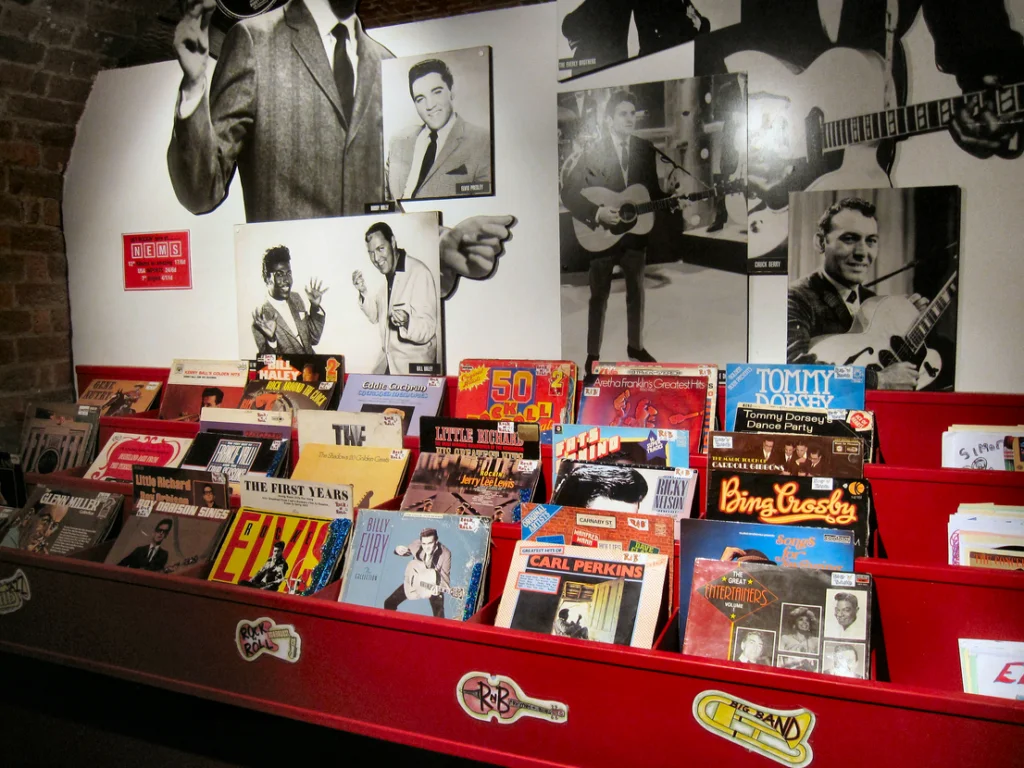
Visiting a record store was a pilgrimage for music lovers, a sensory experience that went far beyond simply purchasing an album. The rows of vinyl records, each with intricate artwork and carefully designed album covers, were like museums of musical creativity. Young music enthusiasts would spend hours flipping through records, discovering new artists, and experiencing album art as a genuine art form.
Listening stations in record stores allowed customers to preview music before purchasing, creating a communal listening experience. The ritual of bringing home a new album, carefully removing the plastic wrap, and placing the vinyl on a turntable was a sacred moment of anticipation. These expeditions were about discovering musical identity as much as they were about acquiring music.
10. Smoking-Allowed Everywhere

Before health warnings became prominent, smoking was a ubiquitous social activity that permeated every aspect of public life. Restaurants, airplanes, and offices were filled with a constant haze that seemed completely normal at the time. Elaborate ashtrays were design objects, and cigarette brands were marketed as symbols of sophistication and rebellion.
Children would watch adults navigate complex social rituals around cigarettes, with offerings and shared lights serving as social lubricants. Cigarette advertisements featured doctors, celebrities, and athletes, presenting smoking as a glamorous and acceptable behavior. This cultural phenomenon seems almost unimaginable to younger generations who have grown up with strict smoking restrictions.
11. Board Game Nights and Puzzle Marathons
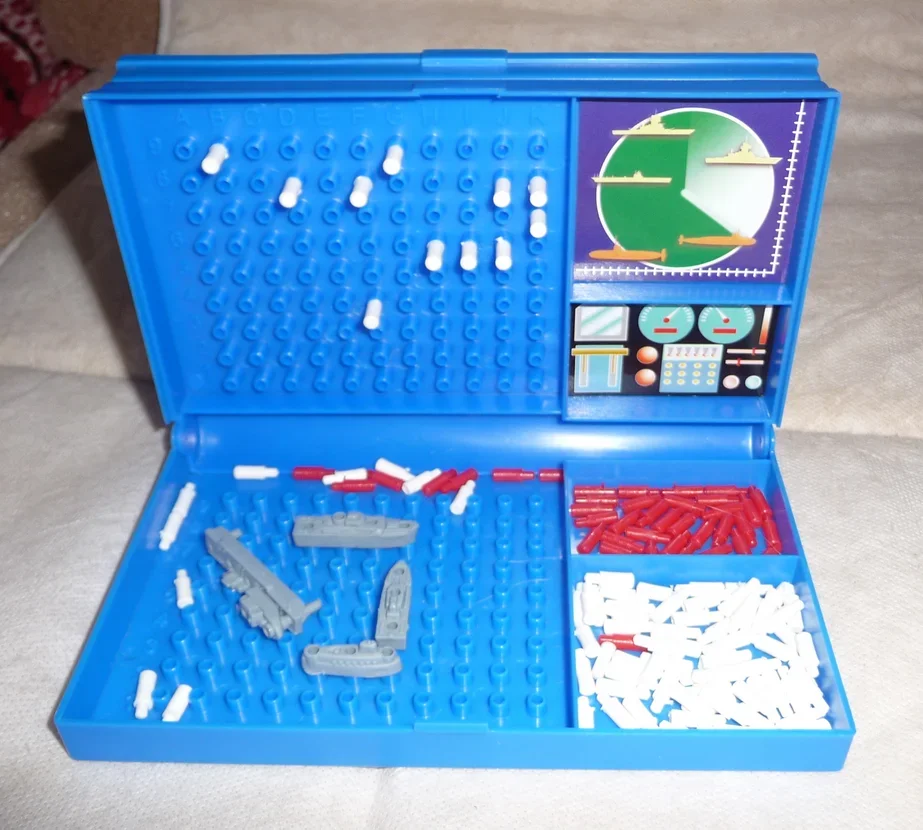
Family game nights were serious events that brought multiple generations together around a kitchen table. Complex board games like Monopoly could last for hours, with intense negotiations, strategic alliances, and dramatic financial rises and falls. These games were more than entertainment—they were elaborate social simulations that taught complex life skills.
Jigsaw puzzles would occupy dining room tables for weeks, becoming collaborative family projects that required patience and collective problem-solving. Children and adults would take turns working on different sections, creating a meditative shared experience that modern digital entertainment cannot replicate. These puzzles were physical representations of teamwork and persistence.
12. The Excitement of Encyclopedia Sets

Before the internet, encyclopedia sets were magical portals to knowledge that occupied places of honor in family living rooms. These beautifully bound volumes represented significant financial investments that families would save up to purchase. Opening an encyclopedia was like embarking on an intellectual adventure, with each volume promising discoveries about distant lands, historical events, and scientific wonders.
Children would spend hours randomly exploring these volumes, learning about everything from ancient civilizations to exotic animals. The smell of fresh paper, the weight of each book, and the carefully organized information created a sense of reverence for knowledge. These encyclopedia sets were more than reference materials—they were family treasures that represented intellectual aspiration.
13. Subscription Magazine Arrivals
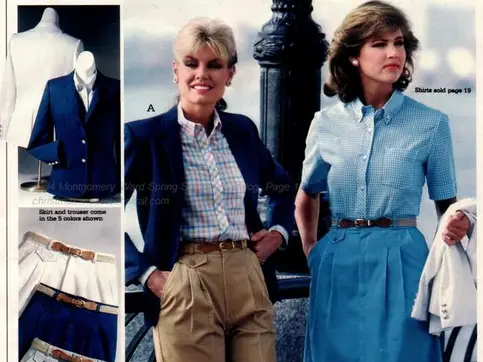
Waiting for a favorite magazine to arrive in the mailbox was a monthly event of pure excitement and anticipation. From teen magazines to National Geographic, each publication was a carefully curated window into different worlds and experiences. The glossy pages, vibrant photographs, and in-depth articles created immersive experiences that today’s digital content struggles to match.
Families would pass magazines from person to person, each member marking interesting articles or photographs. Collecting and saving particularly remarkable issues became a form of personal archiving, with some people maintaining extensive collections for years. These magazines were more than information sources—they were cultural artifacts that captured the spirit of their times.
Those decades were more than just a time—they were a feeling, a collective experience that bonded generations together. These simple pleasures might seem quaint by today’s standards, but they represent something far more valuable than technological convenience. They remind us of a time when connection, imagination, and joy came from the simplest of experiences.


